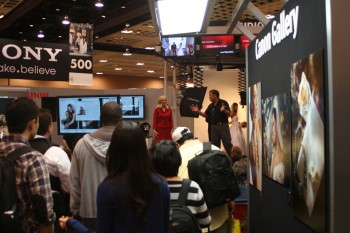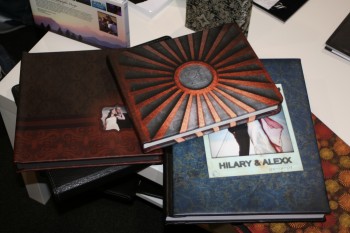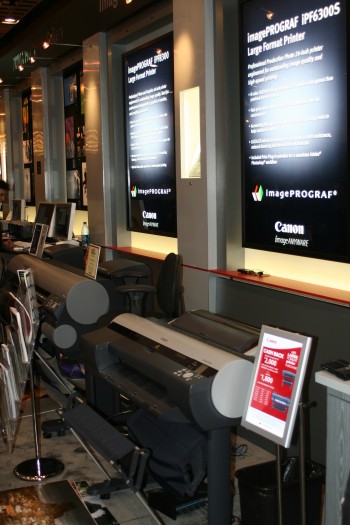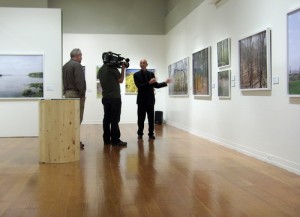 If last week’s photography trade show in Las Vegas, WPPI, is any indication, 2011 should be a much better year for everyone. To say the exhibit halls were crowded, particularly the first day, would be an understatement.
If last week’s photography trade show in Las Vegas, WPPI, is any indication, 2011 should be a much better year for everyone. To say the exhibit halls were crowded, particularly the first day, would be an understatement.
The show also marked the first one produced following the merger of WPPI/Rangefinder and PDN/Photo Plus Expo. The Neilsen Company, which owns PDN and Photo Plus Expo, acquired WPPI, Rangefinder and AfterCapture late last year.
The Neilsen Company estimates that 16,000 attended the show, held at the MGM Grand in Las Vegas. Official figures have not been released, but it sure seemed like a cast of thousands was in attendance. The overall theme appeared to be presentation. The majority of vendors showcased new ways for photographers to present their work to their clients. There were new types of photo albums, both physical and digital, album creation software, Web-based services and tons of ways to sell output through companies like Simply Canvas, White House Custom Colour (WHCC), All Pro Canvas and Artsy Couture, among others.
On the album side, there were a few in particular that caught my eye. First was an economical photo book called Pro-Line Self-Stick Albums produced by Neil Enterprises Inc., featuring a peel-back corner that makes it easy to apply the prints to the book’s pages quickly. It’s a simple concept, but it’s unique and works quite well (we tried it).

Leather Album Designs showcased its ability to create custom leather covers using any design or image you care to create in full color using a digital printing system that seamlessly blends the image into the leather. In short, the image becomes part of the leather. You have to feel and smell it to believe it, and I did both.
I also ran across Album Design Software, which is designed to blend into Photoshop to eliminate the steps normally needed to “trick” Photoshop into working with an album creation software. The 6.1.1 version of the software won a 2010 Hot One Award. Check it out at www.albumds.com.
All Pro Canvas had an interesting photo product on display that uses dye-sublimation to apply your images to slate. Dye-sub certainly isn’t new; you can see it on coffee mugs, mouse pads and any number of promotional products you can sell to clients, but this was a unique application that deserves a second look.

Of course I must admit to being biased about photographic printing, so a stop at the Hahnemuhle and Canon booths was a must, and they didn’t disappoint. Hahnemuhle was kind enough to give us a preview of its new 100 gsm rice paper, which comes in both white and natural. It will be sold only in rolls and should be available soon, so stay tuned here for more info.
Canon’s booth was really about cameras and all the new bells and whistles the company’s including in its camera models, including HD filming capabilities. Still, for those who print their own work Canon had its new 24-inch wide iPF6300S in the booth (the iPF8300S is the 44-inch version, but was not on display). The new printers are scheduled to be ready for delivery later this spring and will feature an expanded color gamut, faster printing speeds, bundled software for improved workflow (a print plug-in for Photoshop, an accounting management software and Poster Artist Lite) and other improvements. Click here for more info about the new printers.

You can still browse through the WPPI exhibitor list alphabetically and by category, and link to their websites here if you weren’t able to make it this year. PDN PhotoPlus Expo is scheduled for Oct. 27-29 at the Jacob Javits Convention Center in New York City. WPPI 2012 will be held at the MGM Grand in Las Vegas again, Feb. 20-22, 2012.


